At which point does the pain of paying kick in and how can you successfully minimize customers’ buying pain?
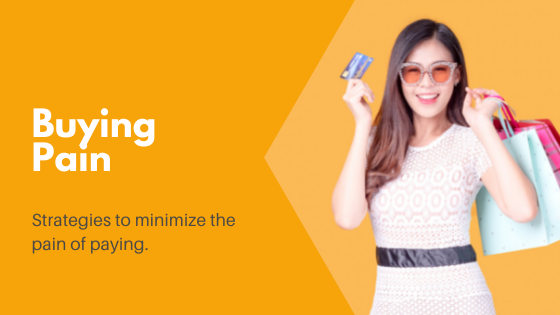
What is buying pain?
Ah, the pain of paying – we’ve all experienced it at some point in our lives.
It’s that painful twinge in your heart as you research what a new winter jacket could cost you. Or the very real feeling of loss as you fork over the cash for your smartphone’s repair.
It’s also how you can feel perfectly fine spending €40 for a superb wine, but bristle at the €7 charge for the soft drink from the hotel room’s minibar.
Fact is, some purchases are just more painful than others!
When and how much it hurts, though, depends, of course, on personal pain thresholds but what’s clear is, retail therapy—shopping—isn’t always pleasurable. Sometimes, it hurts.
And that hurt – the pain we feel when we have to pay for something – is called buying pain. Surprisingly, buying pain doesn’t just happen when you make a purchase—it’s present as early as when you first see the price tag.
Why does the pain of paying matter to marketers?
Psychologists have been studying buying pain for quite some time now and the findings are of particular interest to marketers. After all, it’s our job to drive sales.
We do that by anticipating objections; removing barriers to sales; maximizing client satisfaction; and preventing post-purchase regret.
In other words: we aim to create an all-around positive shopping experience.
But because the pain of paying can be triggered as early on as seeing the price, we have to be proactive with our marketing.
Among other initiatives, we must craft sales copy that actually minimizes the discomfort associated with making payments—before it even happens!

Buyer types: who is most likely to feel the pain of paying?
You’ve probably heard that “people spend money until it hurts”.
But when exactly does it hurt? And does it hurt the same for all of us?
The oft-cited Tightwads and Spendthrifts study by Lowenstein et al looked at the individual differences in the pain of paying and segmented the population into three categories of buyers.
Tightwads
- Tightwads make up 24% of the population
- They spend less compared to the average person before reaching their buying pain threshold
- Tightwads derive more pleasure from saving their money than from spending it
- They have a great amount of self-control over their spending habits (and this self-control is difficult to shelve)
Unconflicted
- The ‘unconflicted’ are average spenders and they make up 61% of the population
- Average spenders think about their purchases but they don’t overthink it
- They don’t focus solely on pleasure or pain – both aspects come into consideration
- The average spender is more likely to respond to persuasion
Spendthrifts
- They are able to spend more than the average person before they reach their maximum buying pain, making them marketers’ dream customers
- They make up 15% of the population
- Spendthrifts feel little to no pain leading up to and when making a purchase
- Their focus is on the benefits they gain from making a purchase rather than on the consequences of it
If you can figure out which segment your customers belong to, then it’s so much easier to write copy that wins them over—and land that valued sale!
Ways to reduce buying pain
As much as we’d like to eliminate the pain of paying entirely, that’s just not realistically possible.
Here’s why:
- Just as our physical tolerance for pain varies, so does the pain of paying. In other words, there’s no fixed standard or threshold for buying pain.
- Factors that influence buying pain – current circumstances, generational differences in shopping, the value we ascribe to certain products / services, and our priorities – also differ.
That means there’s no one-size-fits-all approach to ease buying pain for all people, at all times. But there are a few tried-and-tested tactics that can minimize it.
You can use framing
How you frame a message can change a prospect’s perspective. That’s why for a higher-priced product or service, consider value framing.
For example:
- Instead of offering your IT services for an annual fee of $600, you could offer it at $50 per month.
- Or rather than promoting a monthly subscription rate of $25, you highlight how readers can enjoy unlimited access to your articles for just $0.25 per week!
Both yield the same revenue, but one feels more approachable and therefore appears more attractive.
Here’s how financial framing looks in the real world:

Rather than promoting their annual season ticket as “one year of mobility for €365”, they’ve opted for “365 days of mobility for one euro a day”. Sounds better, right?
Try price anchoring
Similar to framing, you could also anchor your prices. That’s when you give customers a price point or price range from which they can base their decision making on.
It’s easier to understand when you see it in practice, so here are two examples:
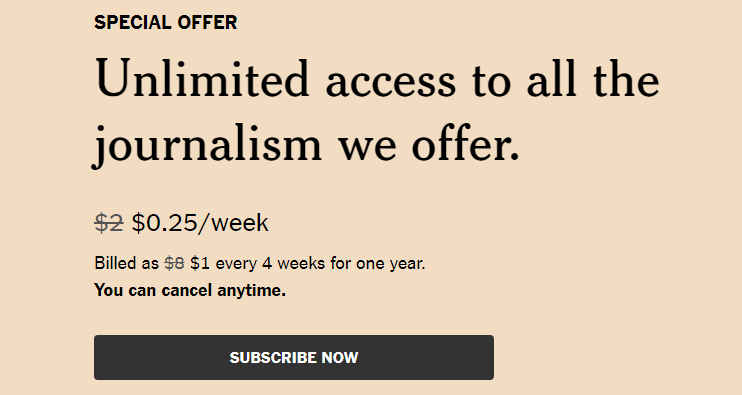
In the above example, $2 is the anchor and $0.25 the actual price. That’s a huge price drop, so you feel like you’re getting a great deal. And that minimizes the pain of buying a monthly subscription.
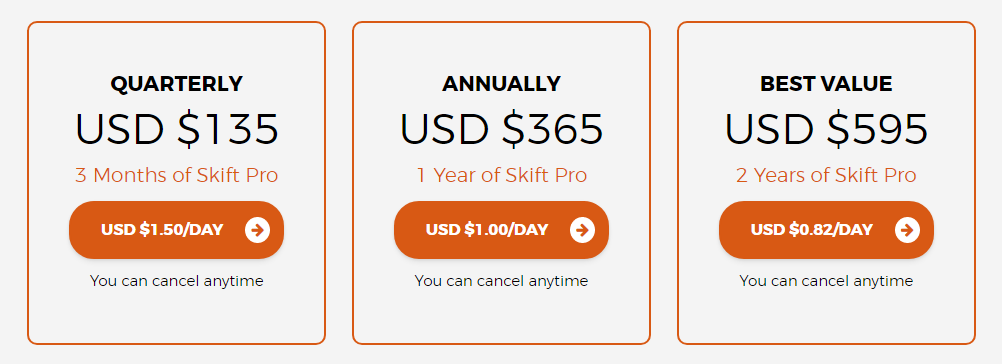
This second example utilizes several techniques that (1) minimize buying pain and (2) influences a customer’s choice.
First, they give customers the option to choose a plan that suits them. At the same time, the price is nudging prospects towards a particular plan (‘best value’) through the power of suggestion.
Then they make the price less overwhelming by breaking the total down into a daily rate that appears more affordable.
Finally, the option to cancel anytime cushions any perception of risk in committing for such a long period of time.
Offer buy now, pay later (BNPL) schemes
Another way to lessen buying pain is to allow customers to pay in installments at low or no interest rates. While it can also be applied to lower priced items (see the example below), this is more commonly used for large purchases like a new TV or fridge.
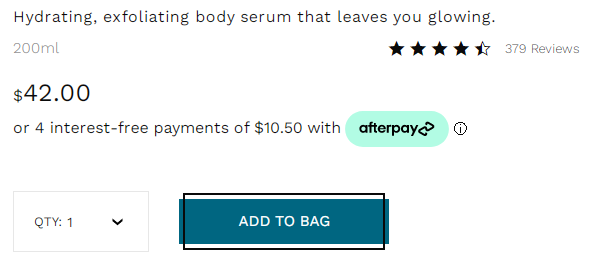
What makes BNPL so appealing is that it allows the customer to spread payments out—it’s more manageable because it’s not one large lump sum. In short: paying bit by bit makes it less painful.
Did you know? It’s more painful to physically hand over cash than it is to pay with a debit or credit card.
A BNPL strategy is particularly effective on younger consumers (Millennials and Gen Z) and online shoppers.
Consider whether to focus on utility vs. pleasure
Tightwads prefer to save rather than spend. That’s why when it’s time to make a purchase, they tend to focus on function over pleasure. What they’re buying had better be worth it—it has to be useful.
Marketing your upmarket massage chair as ‘a luxury you deserve’ won’t work with tightwads but highlighting that it aligns the spine, improves circulation, and relieves stress (not to mention it saves you money in the long run) might.
Make use of bundling
Bundling is when you combine several products or services as one (often more economical) package for sale.
It works because it’s harder for the buyer to assign individual prices to each item – instead, bundling adds perceived value.
This type of pricing is particularly attractive to those who are looking for convenience and those who seek out good deals. It’s also a great way to lower the stress that comes with having too many options to choose from—the paradox of choice.
Here’s an example from Expedia:
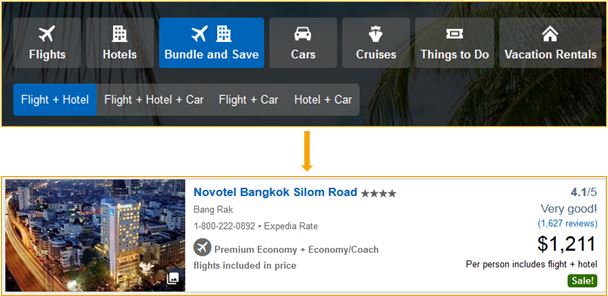
Notice how the copy is designed to ease buying pain—and any apprehensions you might have about price—from the get-go?
They’ve highlighted that opting for a package equals savings (“Bundle and Save”). Then the search results reiterate (and reinforce) what a great deal certain packages are:
- “Premium economy + Economy / Coach flights included in price”
- “Per person includes flight + hotel”
- “Sale!”
Add perceived value, reduce perceived risk
Tightwads would much rather save their money than spend it, which is why marketers try to sweeten the deal by adding perceived value or reducing the risk involved with the purchase. That might be in the form of free trial, free shipping, free return, or a ‘lifetime warranty’. (Notice how the magic word is “free”?)
Here’s how Briggs & Riley does it:

It’s easier (and less painful) to part with one’s hard-earned money when you feel like it’s worth it.
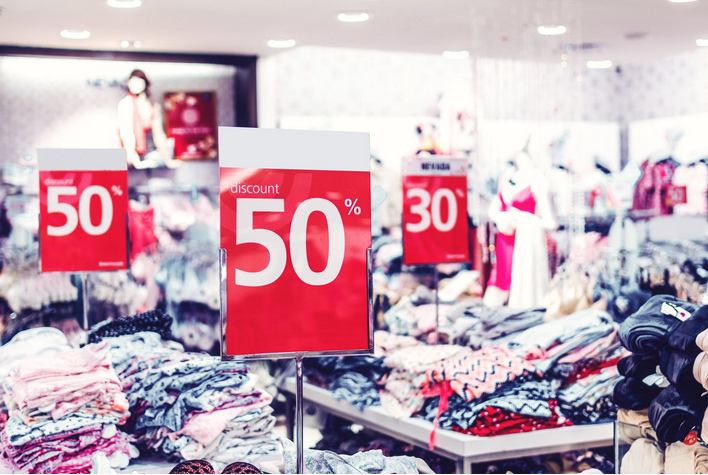
Give discounts
This is a classic and really doesn’t need much explanation. Discounts make a purchase hurt less – whether that’s the 50% off items at your local bakery for purchases after 6PM or the promo code you received for discounted airfare.
Include data—hard facts—in your copy
Flowery text and fancy vocabulary only go so far with tightwads. Facts and figures resonate better because these are concrete and, theoretically, can be proven.
Have a washing machine that can get 10kg of clothing thoroughly washed and dried in just 30 minutes? Use that data in your copy rather than simply stating it’s the fastest washing machine on the market.